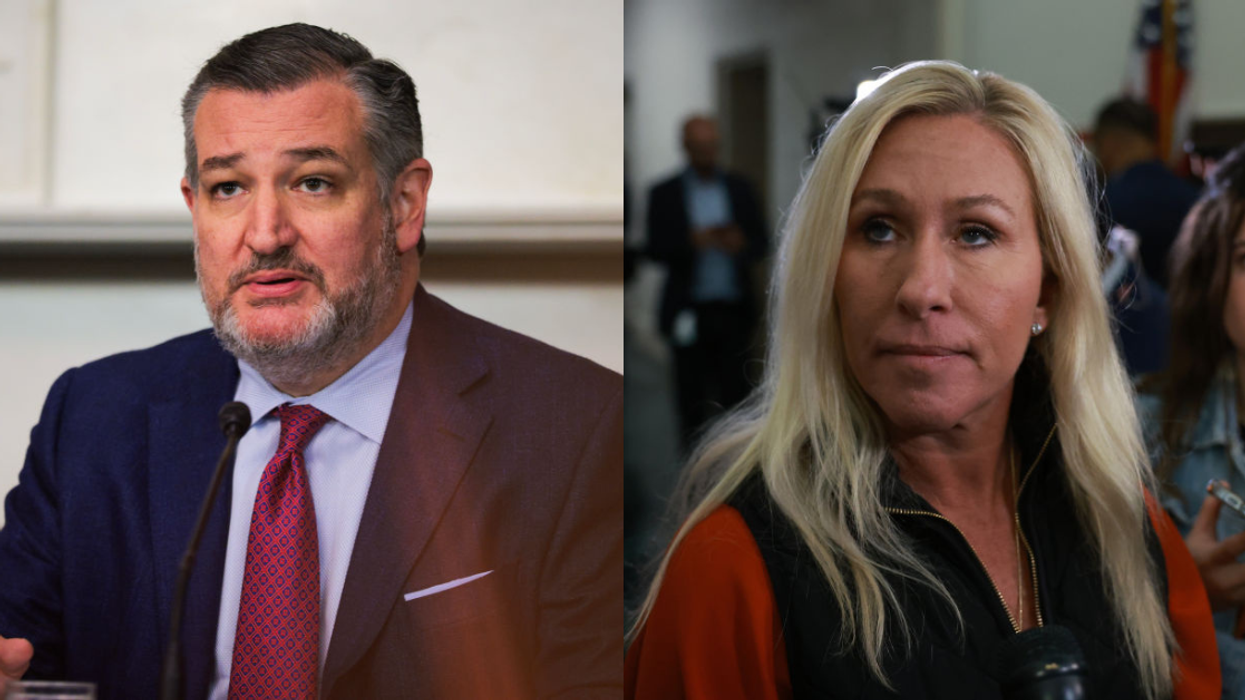Only two stadiums in the entire NFL use a retractable grass field that's moved onto the field for game day. One of them is Las Vegas' Allegiant Stadium and the other just happened to be the home of Sunday night's Super Bowl LVII.
Unfortunately, it rolled out to poor reviews.
But it wasn't for lack of effort or funds.
Because these types of fields are not the ideal surfaces for players, the NFL tried to get ahead of the game—literally—by investing loads of money and time into the care of the grass that eventually planted its roots at the State Farm Stadium in Glendale, Arizona.
The NFL spent two years and $800,000 growing a hybrid grass at a Scottsdale, Arizona sod farm just for this season's championship game.
\u201cThe NFL has spent two years preparing the grass for tonight's field at the Super Bowl.\n\nThe grass was grown at a local sod farm in Phoenix.\n\nIt was installed two weeks ago, and the field has been rolled out each morning for daily sunshine.\n\nTotal cost = $800,000\u201d— Joe Pompliano (@Joe Pompliano) 1676221125
\u201cNope, that's not heaven \u2014 it's the Super Bowl field.\n\nShoutout to @gottolive923 for the pictures.\n\nHe is the General Manager at West Coast Turf Farm in Scottsdale, Arizona, and spent the last 18 months growing the Super Bowl field.\u201d— Joe Pompliano (@Joe Pompliano) 1676221125
Despite the time and effort, the turf just couldn't hold up on game day.
Players on both teams complained about the slick turf. They claimed it caused them to lose their footing, execution of crucial plays and yards.
You can see one such example broken down below.
\u201c.@Eagles v @Chiefs @PatrickMahomes how many players can lose their footing on 1 stinking play? Looks like a skating pond. #BaldysBreakdowns\u201d— Brian Baldinger (@Brian Baldinger) 1676307937
The halftime show didn't help matters.
Field staff scurried to fill in holes left by Rihanna's dancers and the stage. The Athletic reported several complaints from players.
Philadelphia Eagles linebacker Haason Reddick said:
"I'm not going to lie: It was the worst field I've ever played on."
Eagles left tackle Jordan Mailata said the field was "definitely subpar."
And Kansas City's defensive end Frank Clark shared the field conditions were "kind of terrible." The only thing he could do to keep from slipping was dig his feet in the turf, essentially making the field even worse.
Social media also chimed in on the slippery situation.
\u201c@JoePompliano This grass is trash. Making everyone slip.\u201d— Joe Pompliano (@Joe Pompliano) 1676221125
\u201c@JoePompliano and it was trash\u201d— Joe Pompliano (@Joe Pompliano) 1676221125
\u201c@JoePompliano\u201d— Joe Pompliano (@Joe Pompliano) 1676221125
\u201c@JoePompliano can they get a refund?\u201d— Joe Pompliano (@Joe Pompliano) 1676221125
\u201c@JoePompliano Nice stats yet embarrassing at the same time since nearly 15 players slipped on the field and had to change cleats mid game while 50+ ppl did repair patches during halftime and game plays were interrupted from it and all for $800,000 \ud83e\udd26\u200d\u2642\ufe0f\n\n#SuperBowl\u202f@nfl @StateFarmStdm @StateFarm\u201d— Joe Pompliano (@Joe Pompliano) 1676221125
\u201c@JoePompliano The grass has been such a disaster so far. Way too slippery\u201d— Joe Pompliano (@Joe Pompliano) 1676221125
\u201c@JoePompliano All that money spent and these dudes slipping like it\u2019s the ice bowl\u201d— Joe Pompliano (@Joe Pompliano) 1676221125
\u201c@JoePompliano\u201d— Joe Pompliano (@Joe Pompliano) 1676221125
\u201c@JoePompliano I have never seen so many national football league players slip on a field as I did tonight watching the Super Bowl. I don\u2019t know what happened to that field in Arizona but it looked awful. #SuperBowl #ChiefsKingdom #PhiladelphiaEagles\u201d— Joe Pompliano (@Joe Pompliano) 1676221125
While many commented on the slippery nature of the turf, it was likely necessary to over water the grass given the Arizona climate.
An underwatered and dried out field would also have been less than ideal for players, though it may have fared better.
Las Vegas better take notes ahead of hosting next year's Super Bowl.

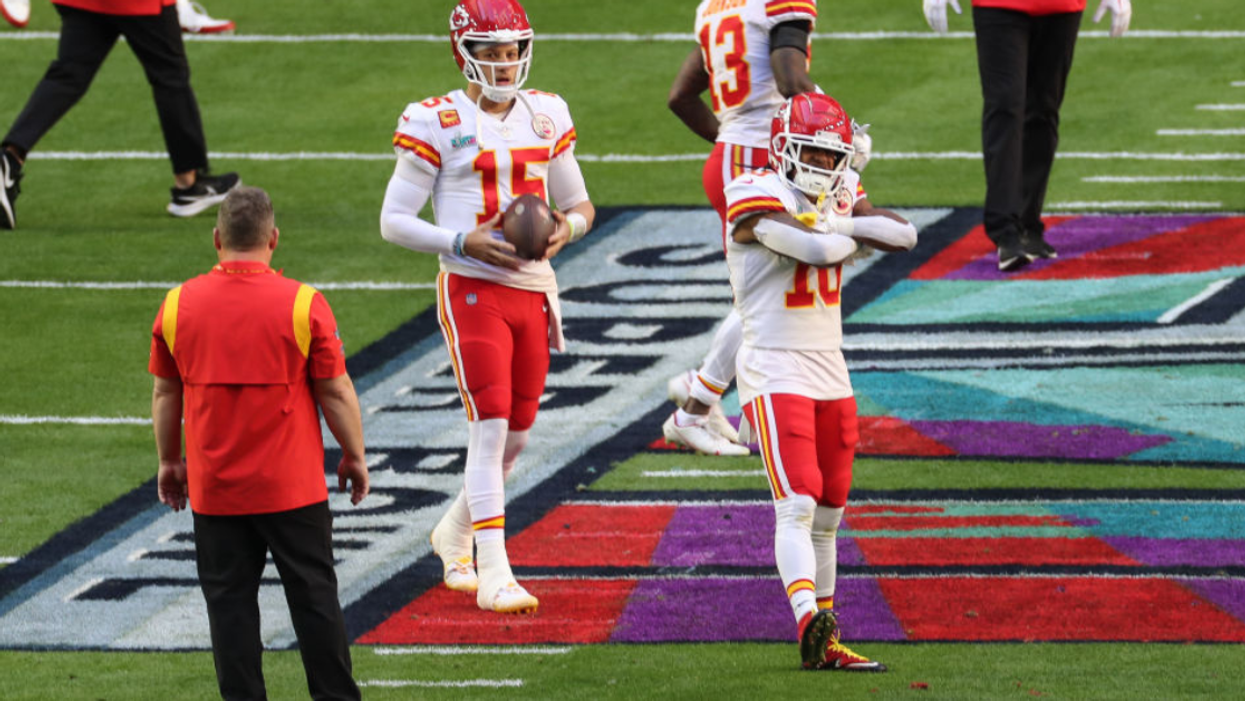

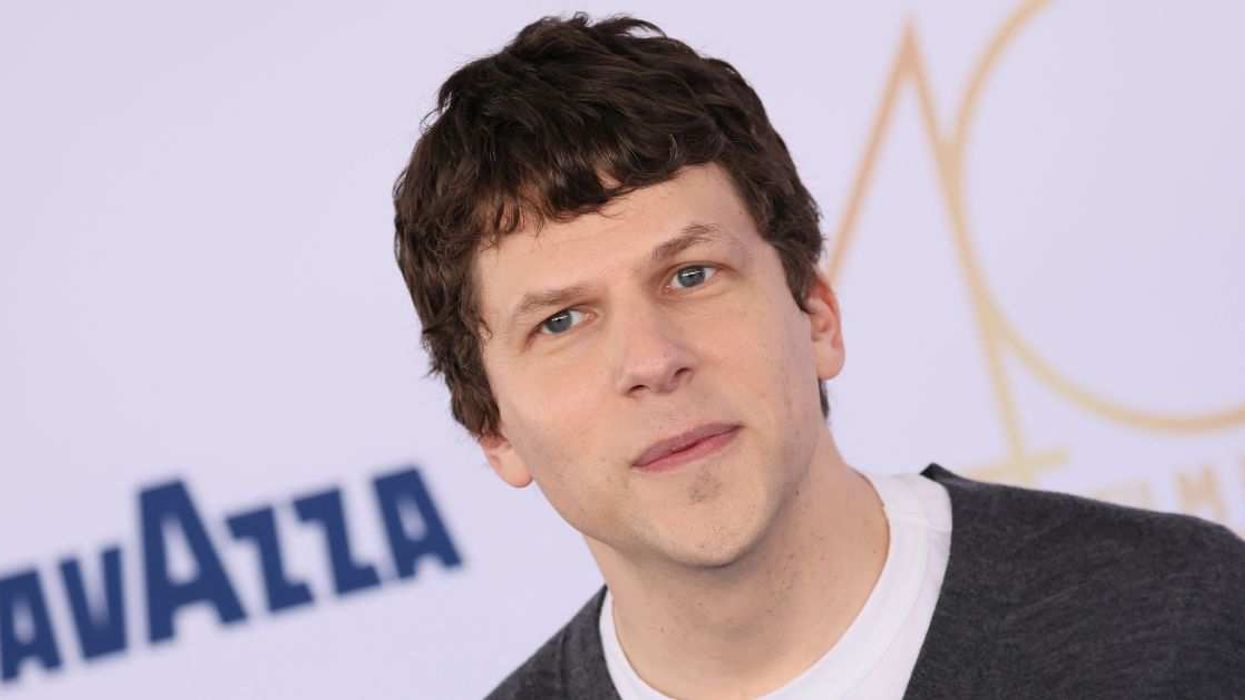
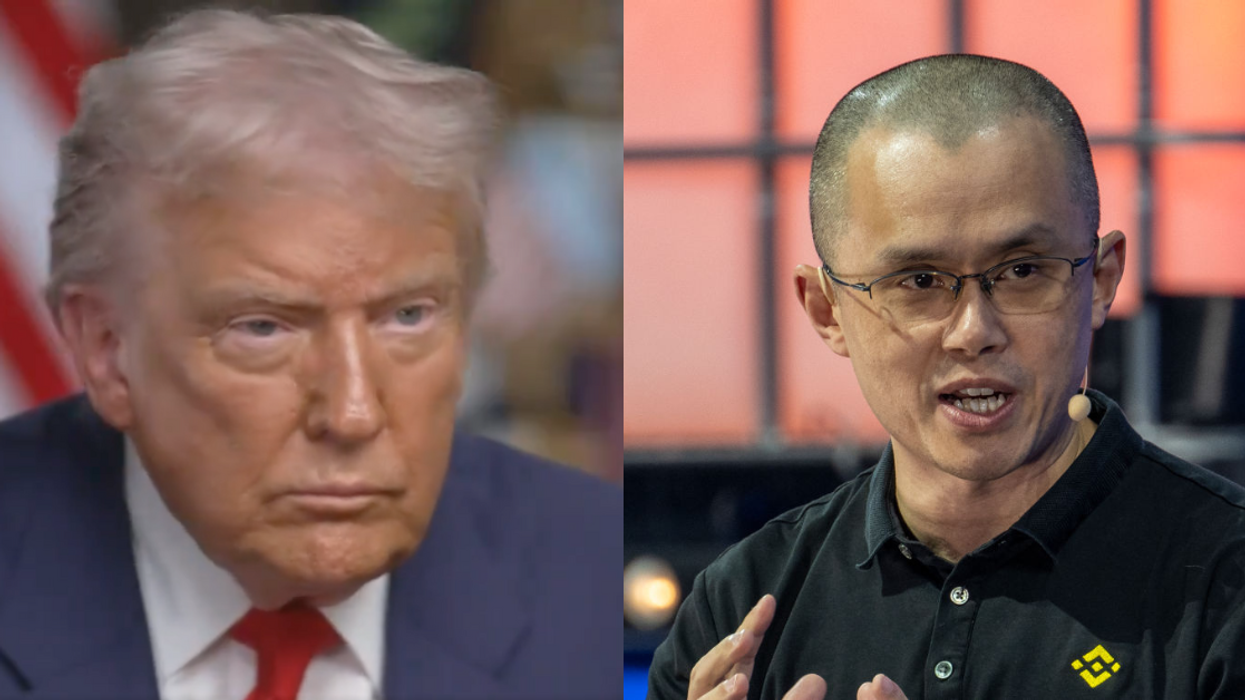
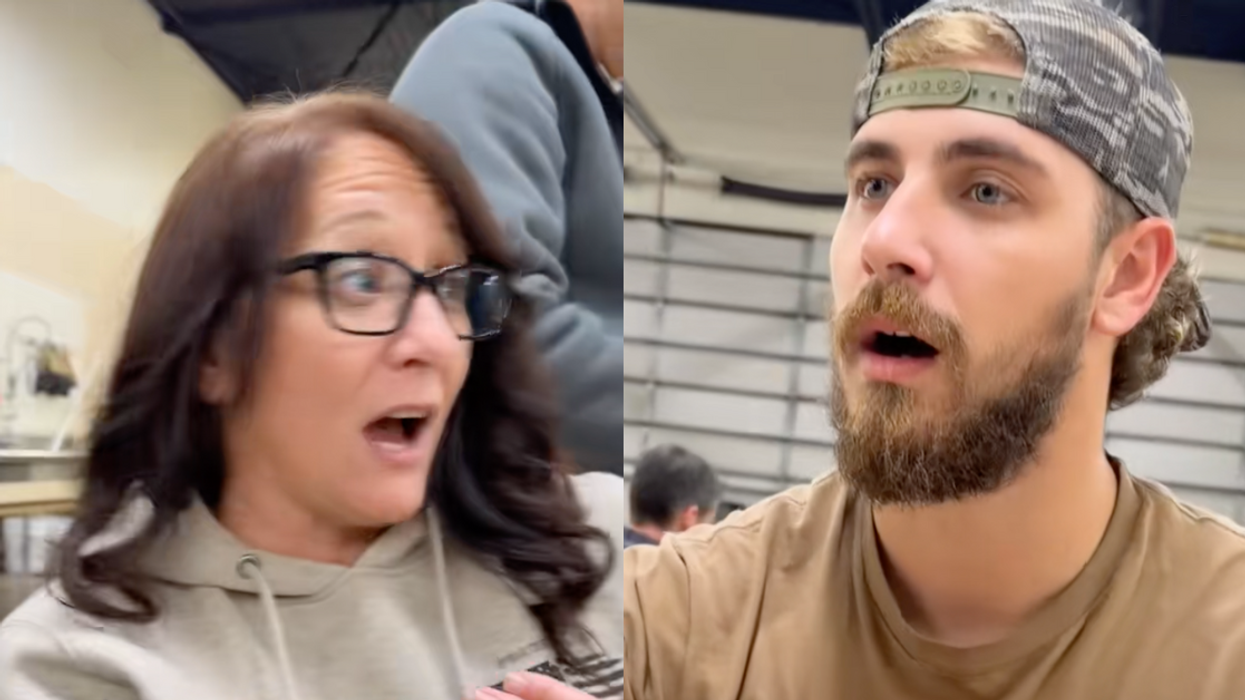
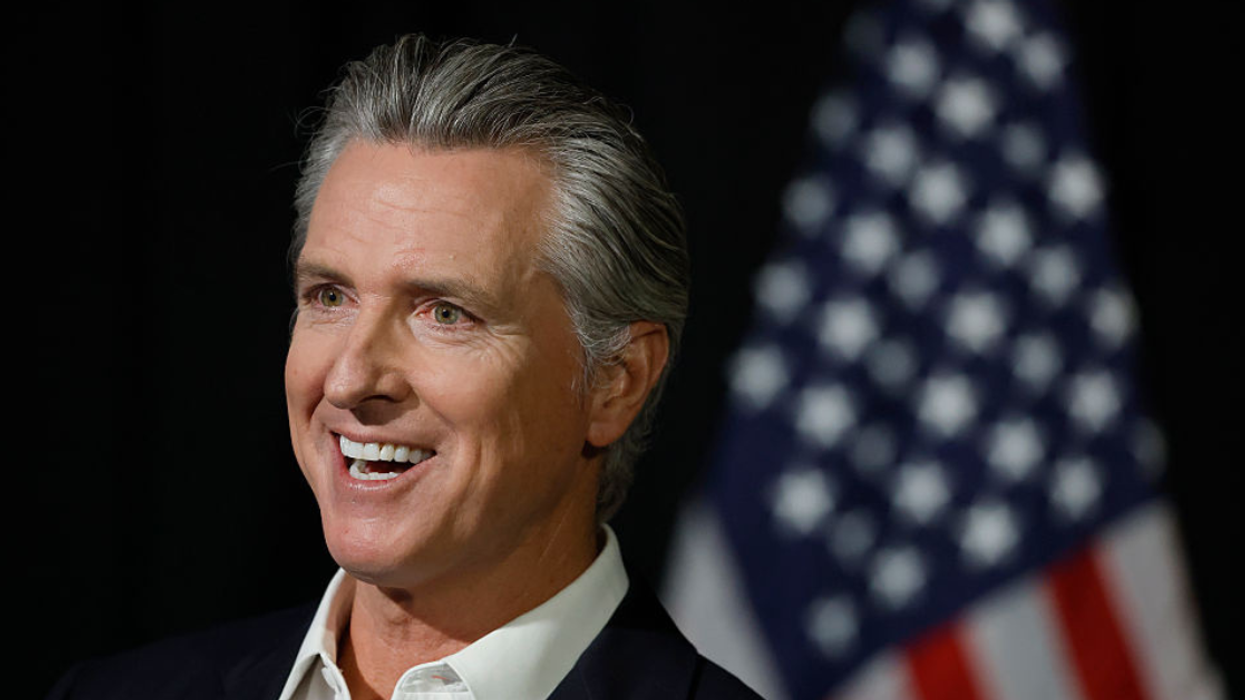


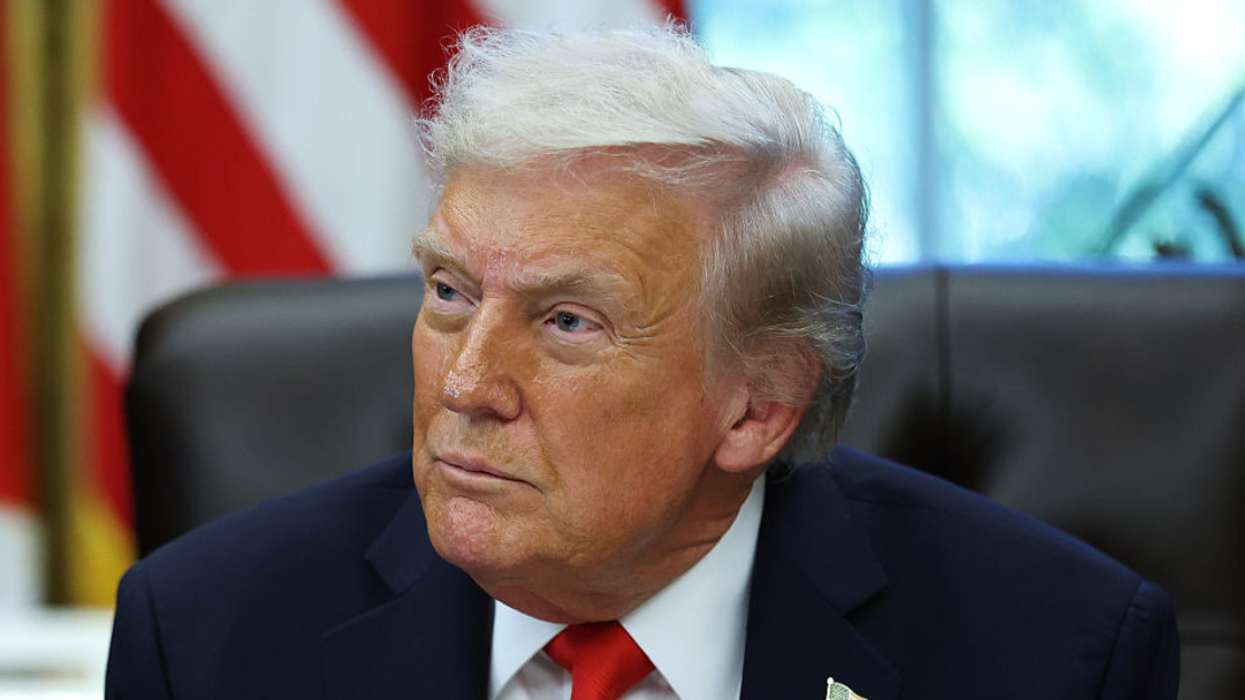
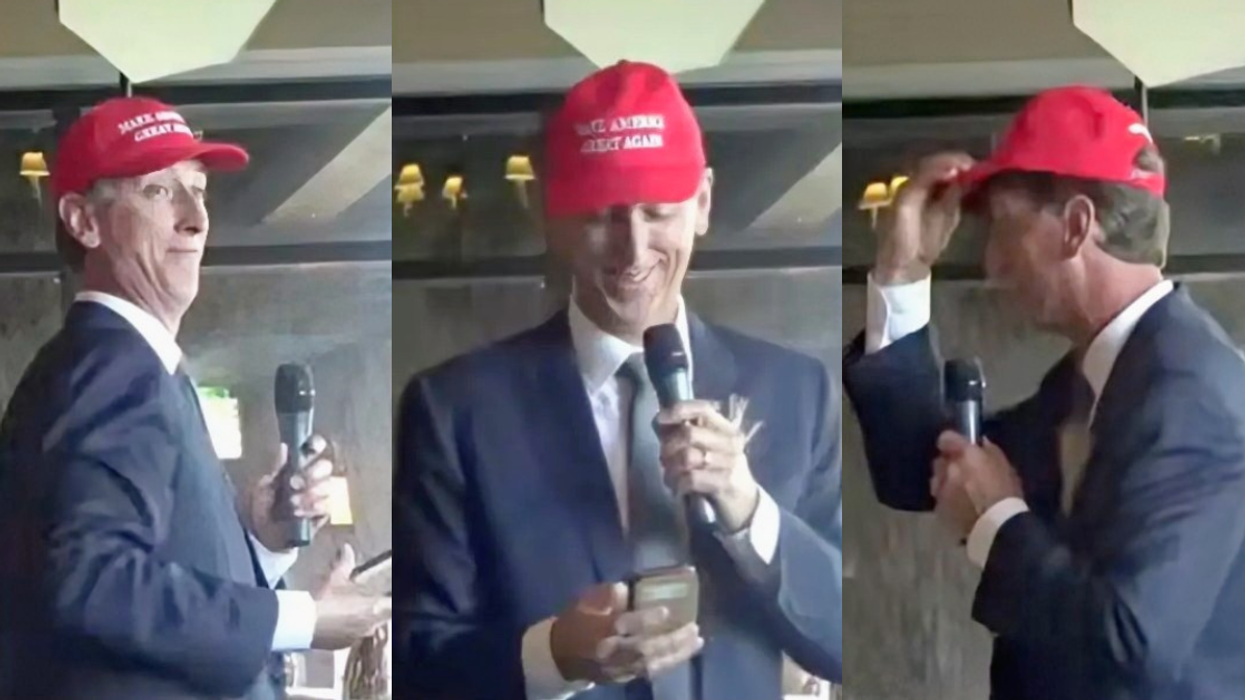
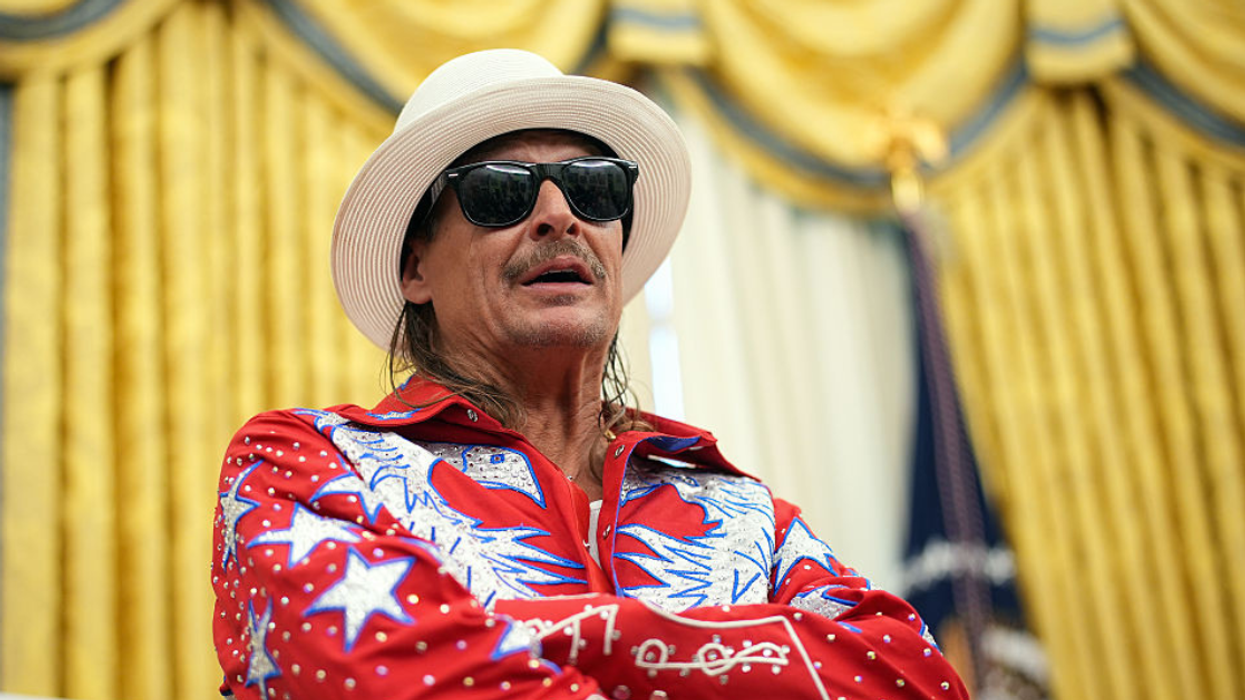
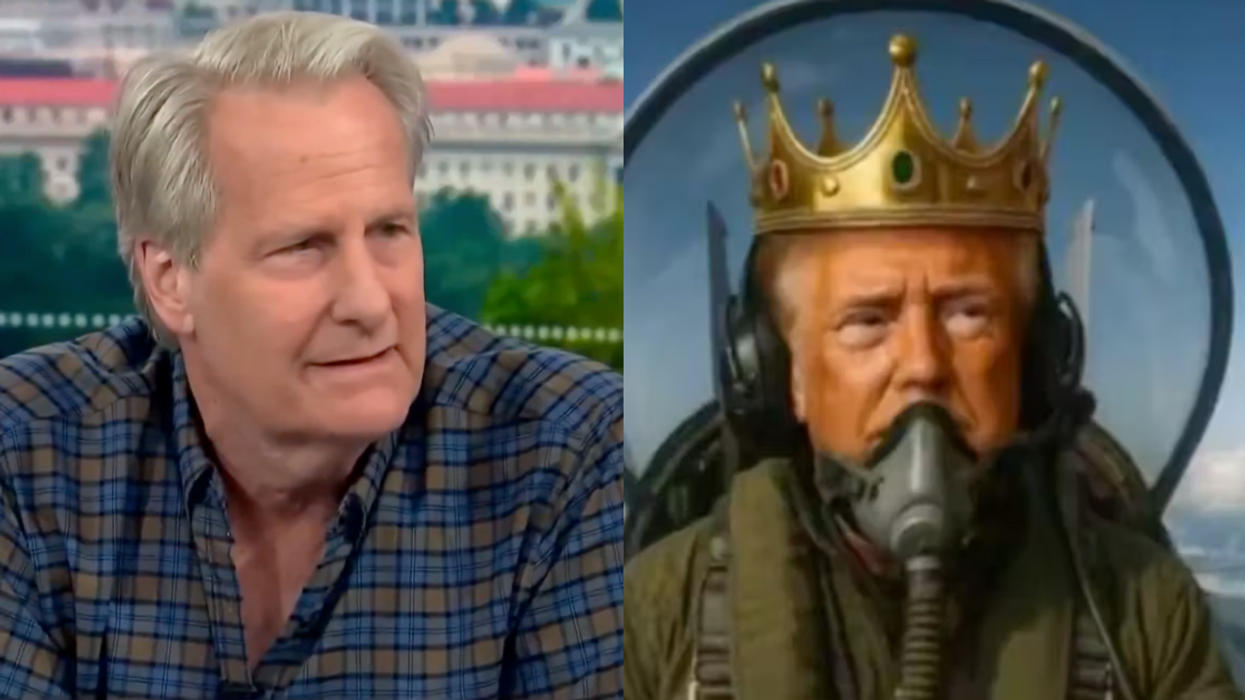
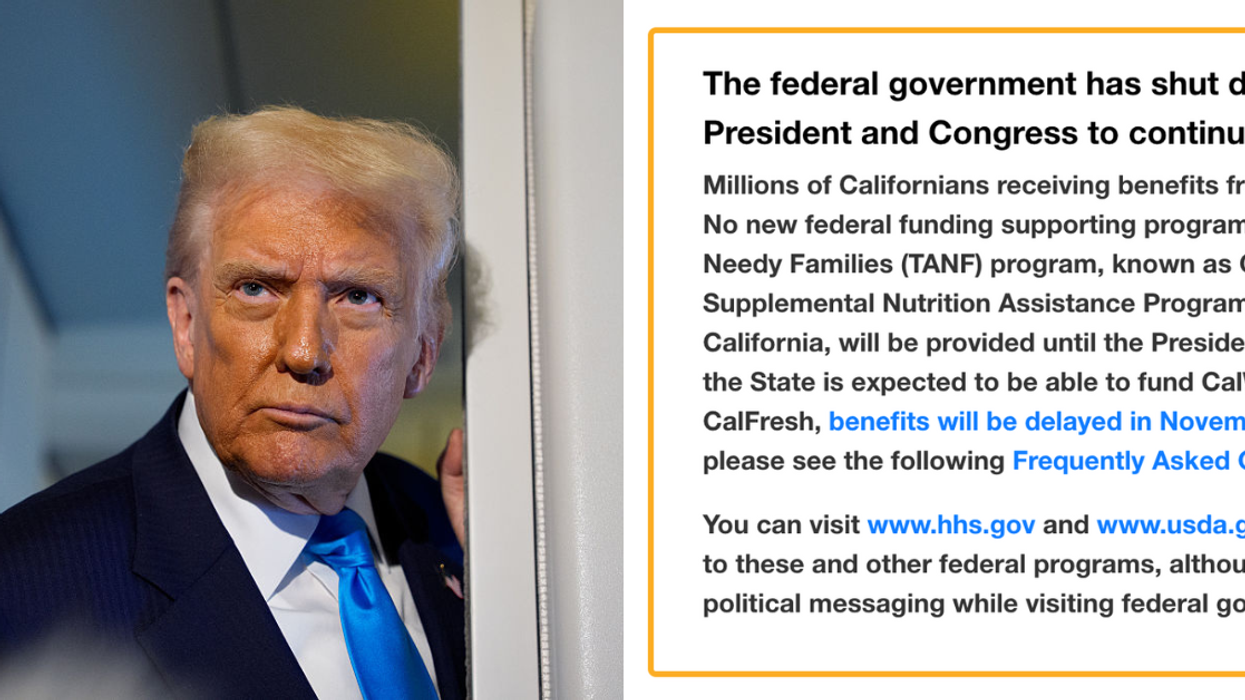
 mass.gov
mass.gov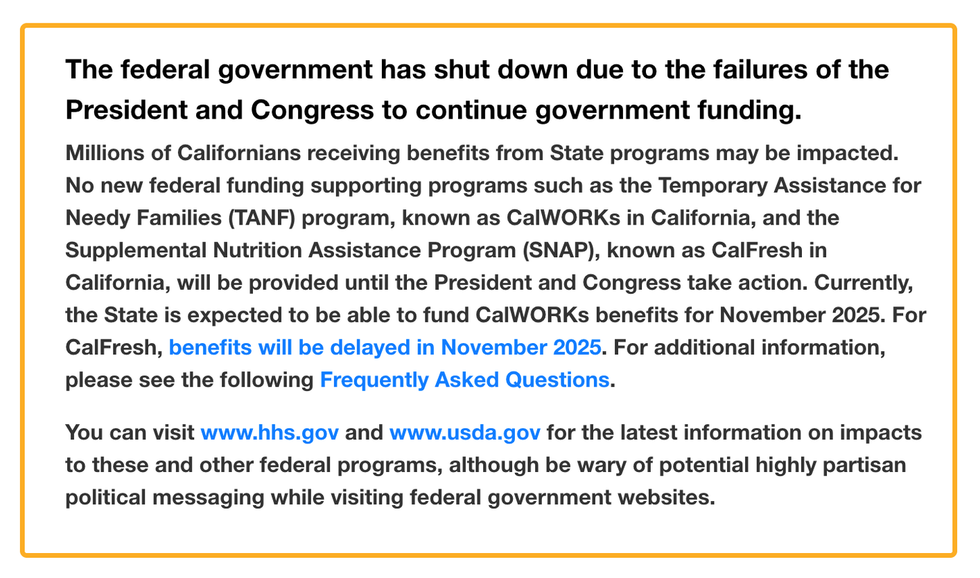 cdss.ca.gov
cdss.ca.gov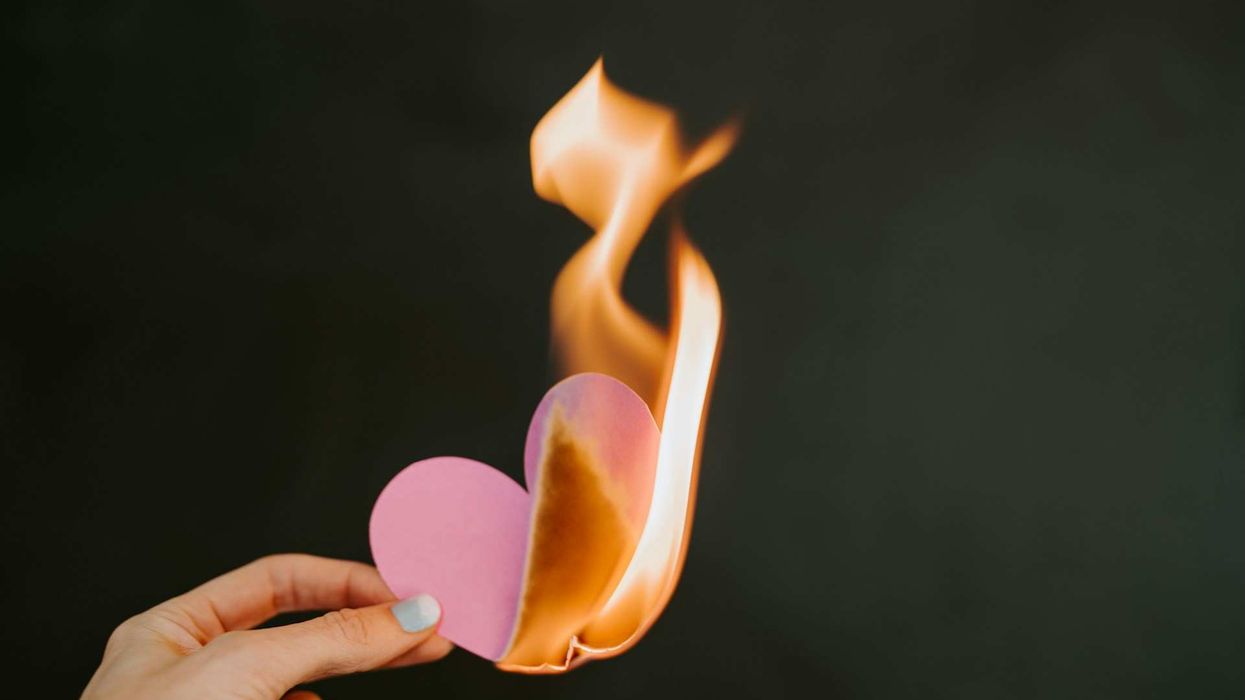
 Sad Break Up GIF by Ordinary Frends
Sad Break Up GIF by Ordinary Frends 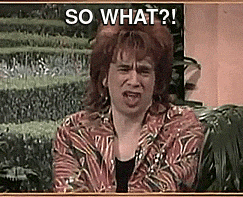 so what who cares tv show GIF
so what who cares tv show GIF  Iron Man Eye Roll GIF
Iron Man Eye Roll GIF  Angry Fight GIF by Bombay Softwares
Angry Fight GIF by Bombay Softwares 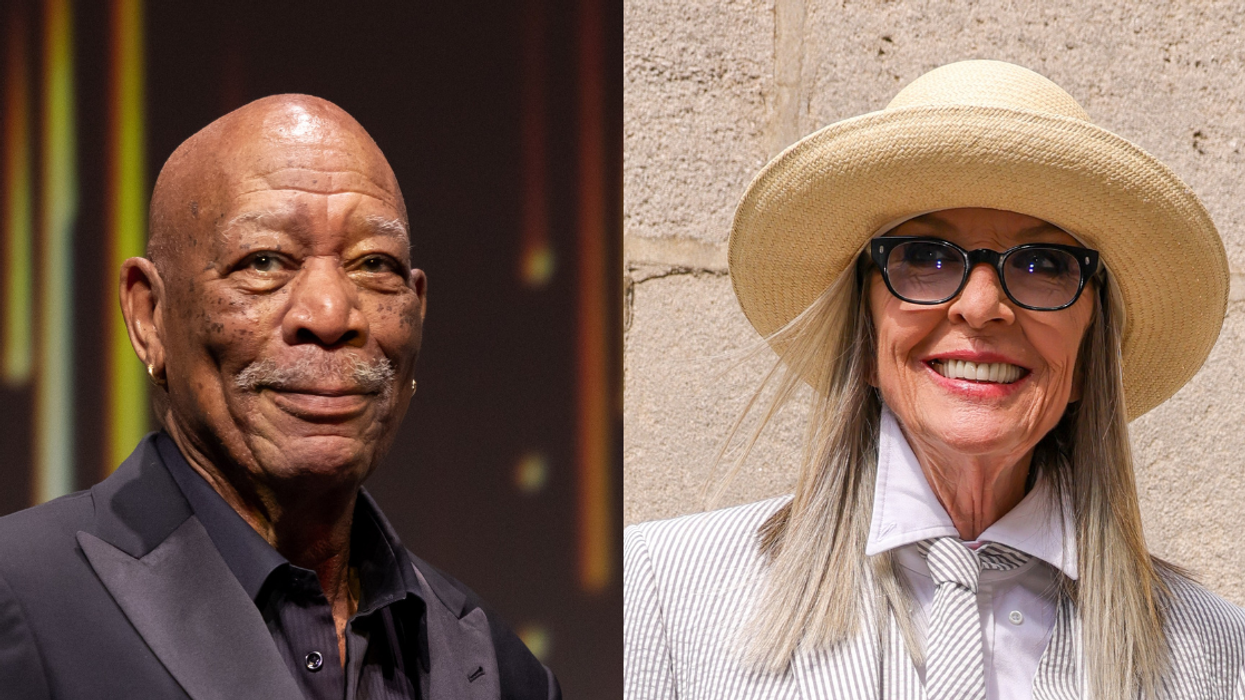
 @jimmykimmellive/Instagram
@jimmykimmellive/Instagram @jimmykimmellive/Instagram
@jimmykimmellive/Instagram @jimmykimmellive/Instagram
@jimmykimmellive/Instagram @jimmykimmellive/Instagram
@jimmykimmellive/Instagram @jimmykimmellive/Instagram
@jimmykimmellive/Instagram @jimmykimmellive/Instagram
@jimmykimmellive/Instagram @jimmykimmellive/Instagram
@jimmykimmellive/Instagram @jimmykimmellive/Instagram
@jimmykimmellive/Instagram @jimmykimmellive/Instagram
@jimmykimmellive/Instagram @jimmykimmellive/Instagram
@jimmykimmellive/Instagram @jimmykimmellive/Instagram
@jimmykimmellive/Instagram @jimmykimmellive/Instagram
@jimmykimmellive/Instagram @jimmykimmellive/Instagram
@jimmykimmellive/Instagram @jimmykimmellive/Instagram
@jimmykimmellive/Instagram